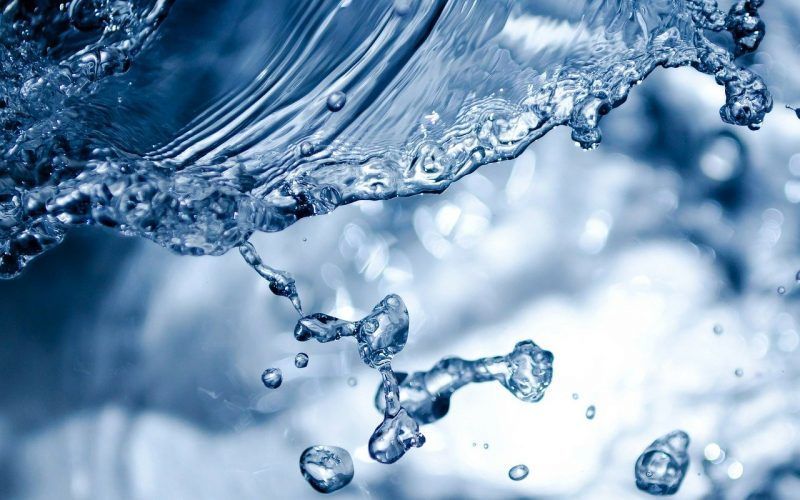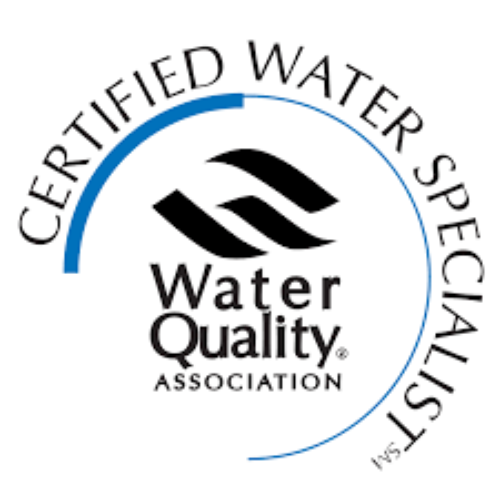hard water treatment services

Water Contamination Treatment
Your water should look crystal clear and clean. If you see any signs that it isn’t, you should contact our water contamination treatment service. Unregulated contaminants are addressed under EPA Secondary Standards and can be broken down into three categories: Aesthetic effects—undesirable tastes or odors; Cosmetic effects—effects which do not damage the body but are still undesirable; and technical effects—damage to water equipment or reduced effectiveness of treatment for other contaminants. They are established only as guidelines to assist public water systems in managing contaminated water treatment. These contaminants are not considered to present a risk to human health at the secondary standard level, but the recommended levels are useful guidelines for private wells. With our treatment for drinking contaminated water, we won’t take any chances for undesirable water conditions, smells, and tastes.
In Colorado and New Mexico, the unregulated contaminants that cause the most concern, and their indications, are as follows:
- Chloride – taste
- Copper – blue-green staining
- Fluoride – tooth discoloration
- Iron – red staining
- Manganese – often occurring with iron; black staining
- pH – troublesome if well below neutral 7.0 pH units (acidic) or if well above 7.0 (alkaline)
- Sulfate – may be a host for bacteria under certain conditions; “rotten” egg odor
- Total Dissolved Solids (TDS) – indicator of the overall water quality and includes minerals, salts, metals, cations (positively-charged ions) an anion (negatively-charged ions) dissolved in the water.
- Turbidity – clarity of water
Although these contaminants are not known to have adverse health effects, this list encompasses contaminants for which residential consumers spend great amounts of money.
Note that hardness is not regulated and there is no suggested EPA guideline for hardness.

The hardness scale illustrated above was established by the American Society of Agricultural Engineers and the Water Quality Association (WQA).
Contact us today to learn more about our ways to treat contaminated water. Your water will taste, smell, and look fresh and clean.
COLORADO LOCATION
NEW MEXICO LOCATION

OUR COMPANY
Water Treatment Experts. Reliable, Local & Affordable.CO Licensed and Insured Water Conditioning Contractor #WC0000011
NM Licensed and Insured Plumbing Contractor #381795
AmeriWater ST108 Compliant SPD Systems
Good Water Company © 2025 | All Rights Reserved
Good Water Company © 2024 | All Rights Reserved |
Website by
WebAct
Website Builder




